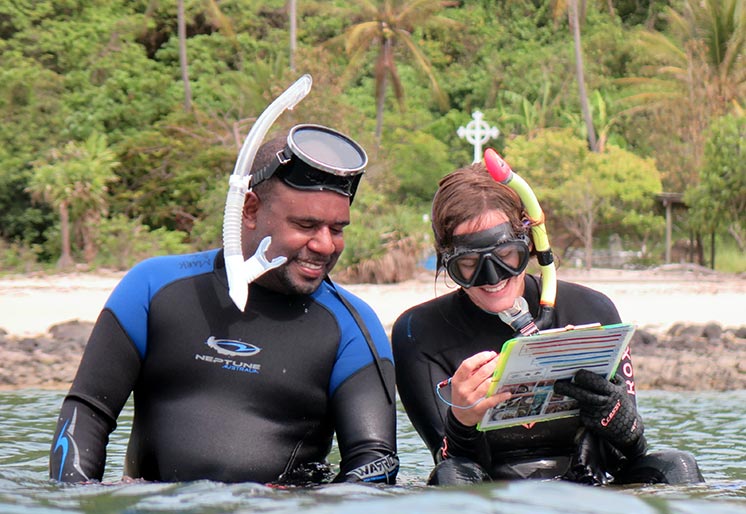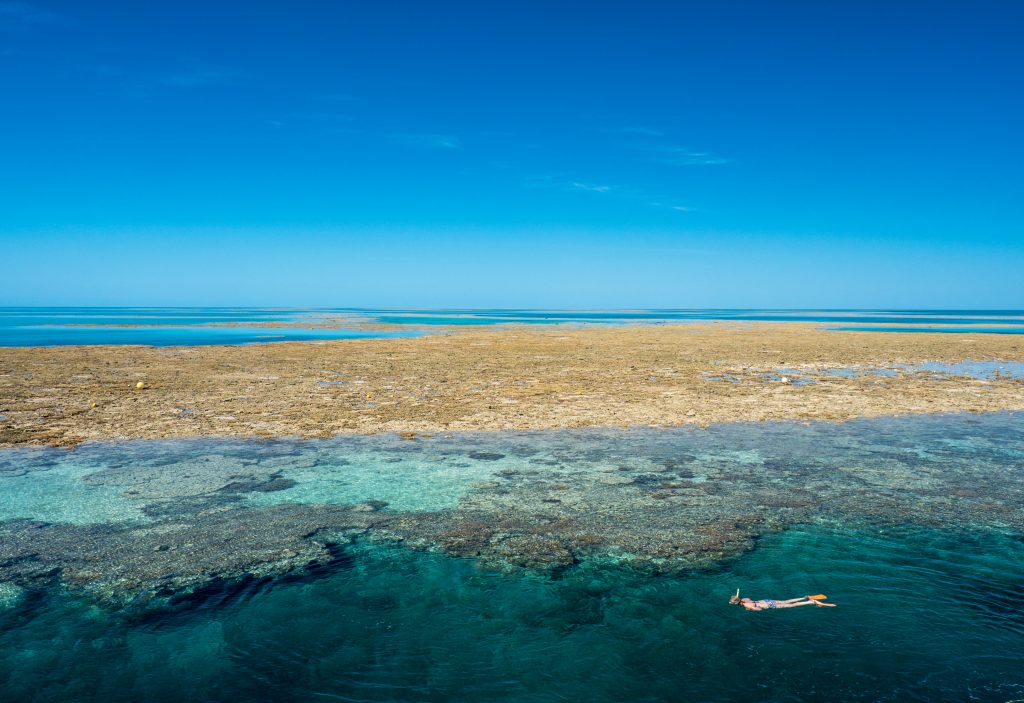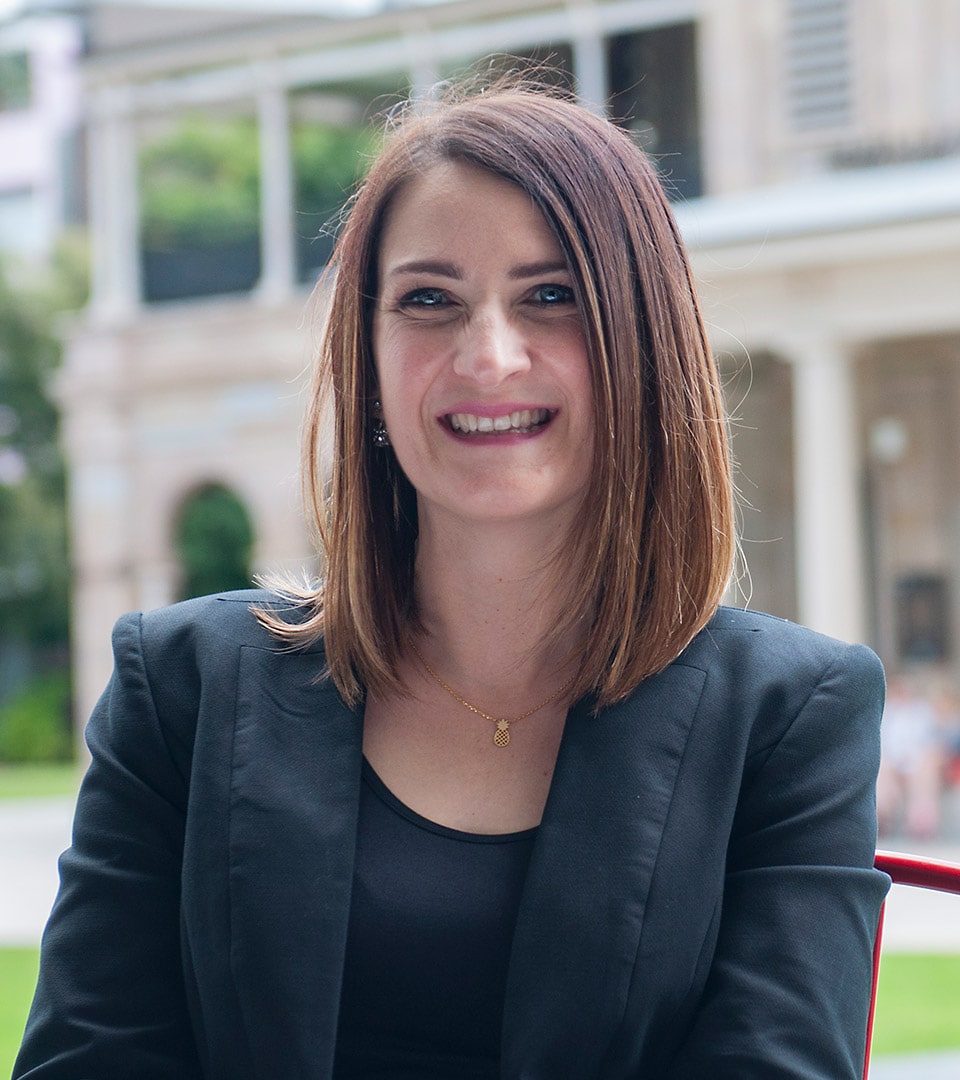Stakeholder and Traditional Owner Engagement

Coral monitoring on Erub Island. Photo: Tristan Simpson.
A fundamental principle of RRAP is to work closely with Great Barrier Reef Traditional Owners, and engage different stakeholders, community groups and interests in the co-design, deployment and evaluation of proposed interventions or technologies.
The aim of the RRAP Stakeholder and Traditional Owner Engagement Subprogram is to work across the whole R&D program to deliver best-practice engagement that meets program, community, Great Barrier Reef Traditional Owner and stakeholder needs. This is so that decisions about interventions are socially and culturally responsible and legitimate to stakeholders, rights-holders, managers and the public.
Objectives include:
The Stakeholder and Traditional Owner Engagement Project
This project will support the development and deployment of interventions that are socially and culturally responsible, and accepted as legitimate by stakeholders, rights-holders, Reef managers and the public. There are three areas of work under this project.
- Understanding public perceptions of reef restoration and adaptation, the risks and benefits of R&D and intervention implementation, as well as opportunities to deliver community and stakeholder co-benefits
- Designing and evaluating best-practice, place-based, engagement opportunities for Reef communities and the general public
- Involving stakeholders, Reef Traditional Owners and communities in co-design, evaluation and adaptive management of the R&D program.
The Stakeholder and Traditional Owner Engagement Subprogram will work closely with the regulatory, program management, and intervention subprograms to inform planning and prioritisation that meets community and Traditional Owner expectations.
These projects aim to facilitate knowledge transfer for use within RRAP by:
- understanding risks and opportunities to inform technology evaluation and design
- acquiring the critical knowledge to leverage co-benefits
- improving stakeholder participation and community support.
Social license and impact monitoring sub-project
Project Leader: Stewart Lockie, JCU
This includes:
- a biennial national survey designed to track broad public sentiment toward reef restoration and adaptation
- a regional deep dive into Reef catchment community and stakeholder perceptions of reef restoration and adaptation priorities, opportunities and risks
- a social, cultural and economic impact assessment that will estimate and, where possible, measure the spatial and social distribution of opportunities, risks and benefits associated with reef restoration and adaptation.

Best-practice engagement sub-project
Project Leader: Bruce Taylor, CSIRO
Design and evaluate best-practice, place-based, engagement opportunities for Reef communities and the public to inform and consult on program progress, decision-making and partnering opportunities; improve the observability of field testing and laboratory trials for interventions; and provide opportunities for public deliberation on intervention risks, benefits and scenarios.
Adaptive governance and learning sub-project
Project Leader: Karen Vella, QUT
This project will facilitate and coordinate engagement of stakeholders, Reef Traditional Owners and communities in co-designing the RRAP Stakeholder and Traditional Owner Engagement Subprogram. It includes establishing a stakeholder reference group to inform the RRAP Steering Committee and the design, leadership and delivery of a monitoring, evaluation and learning strategy.



